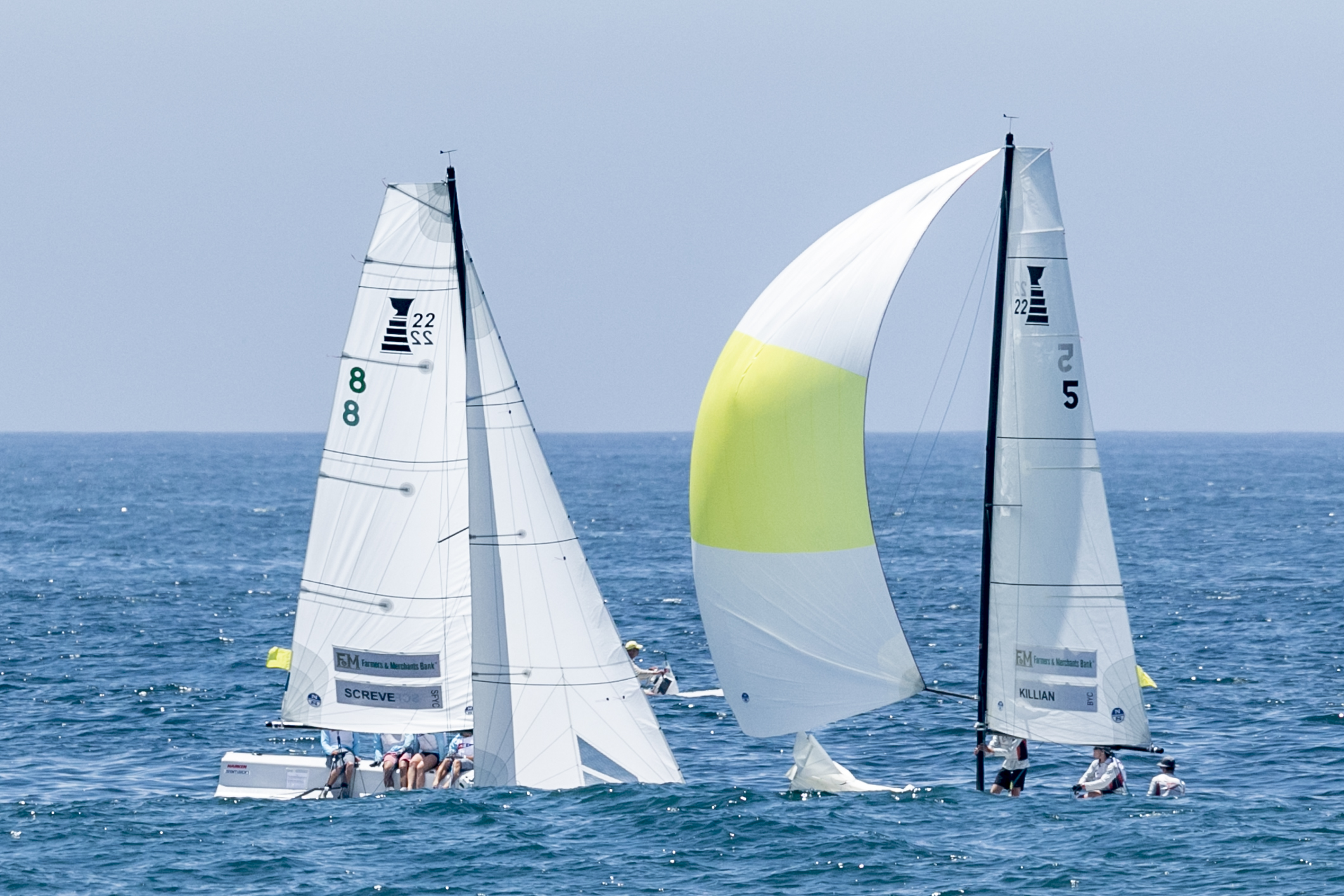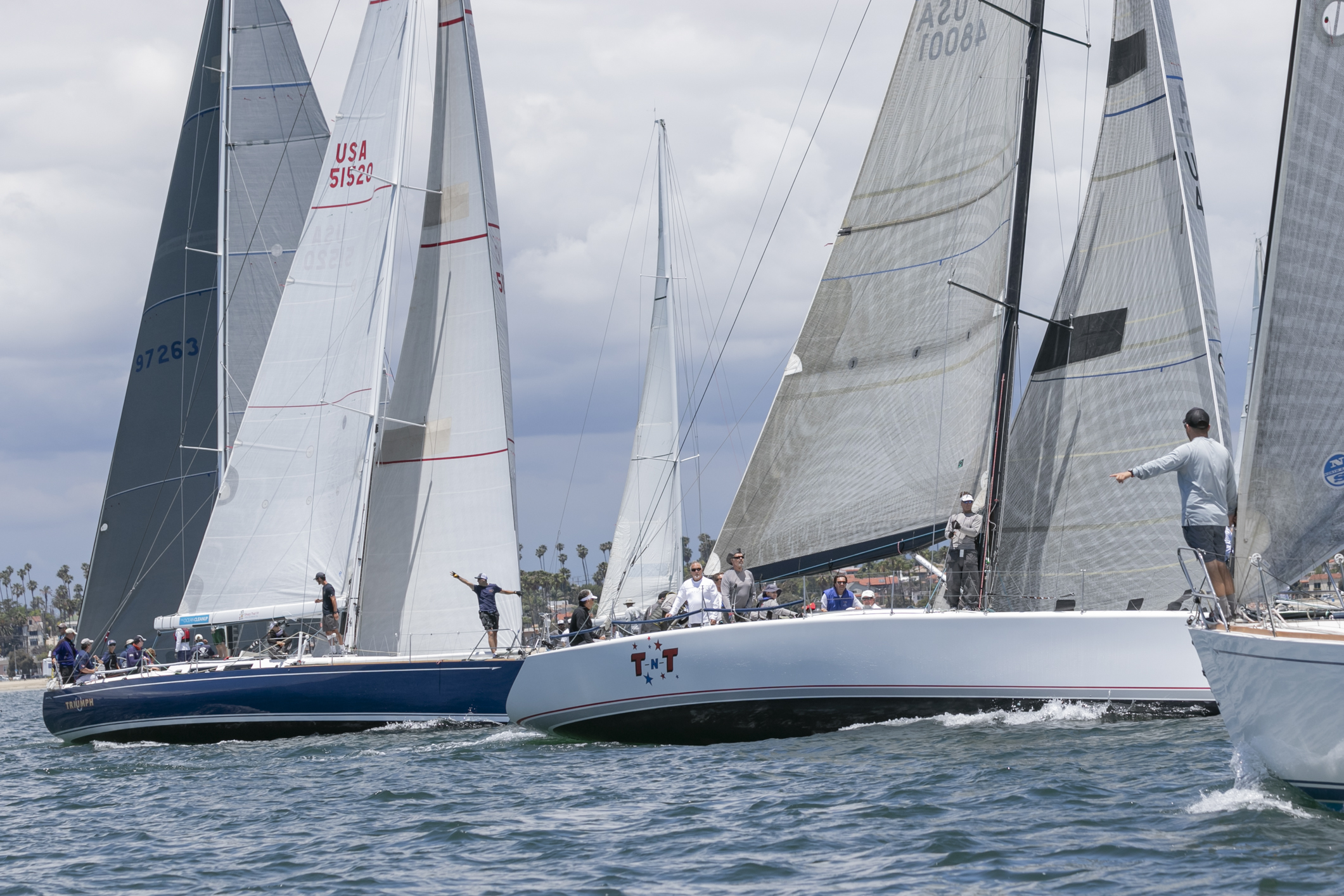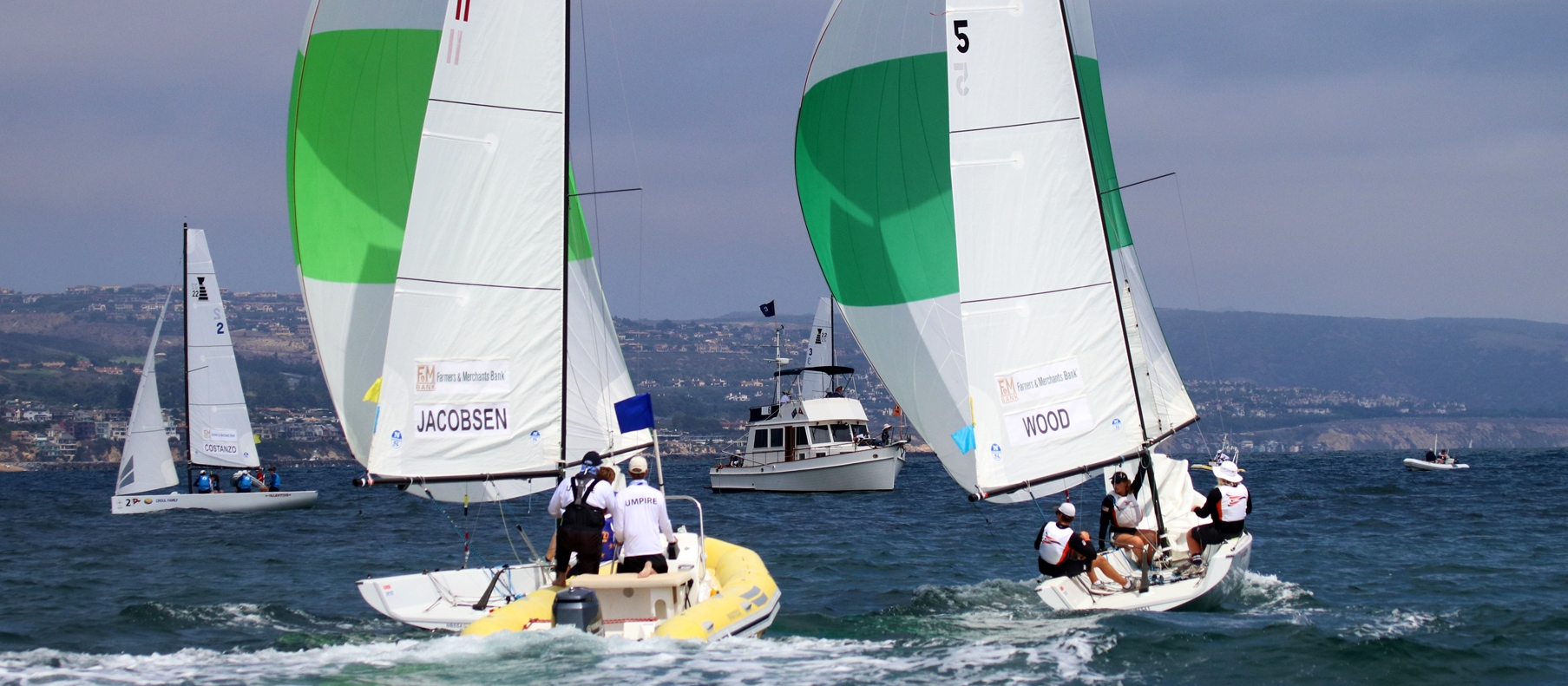Ahoy!
Over the weekend, as I mentioned in my column last Friday, our local American Legion Post 291 hosted the Sail for the Blind and Visually Impaired that was organized by the Women’s Ocean Racing and Sailing Association. I want to personally tip my Captain’s hat and say thank you to the scores of volunteers and boat owners who made this annual sail a wonderful success.
Even with the drizzly weather, more than 150 guests arrived in the morning at the American Legion for breakfast and then everyone boarded the numerous sailboats for a fun filled day of sailing. Capt. Chandler Bell and I broadcast our radio show live at the Legion, and to personally see the excitement and enthusiasm in both the guests and volunteers is what makes me proud of our harbor and the people who always step up to the helm.
On another note, boaters know that lobster season has started, and this time of the year I accept lobster-tail bribes from those catching the bugs.
However, boaters will notice the scores of floating buoys tethered to the lobster pots lining up seaward from both of Newport’s jetties tips. Boaters need to navigate this area with caution and watch out for the lobster pot buoys just seaward of Newport’s line of demarcation. You want to avoid entangling the buoys’ lines around your keel, running gear or props. You can clear the buoys by not cutting the corners and maintaining a straight course between the jetty entrance and the mid-channel marker buoy.
Let me explain the line of demarcation and the proper approach and departure from Newport Harbor. Most people are familiar with the floating bell buoy where sea lions haul out, just outside the jetties. This buoy was once labeled as Buoy No. 1 and painted green (originally painted black) as prescribed by the lateral system of buoyage for all odd-numbered can buoys. Years ago, to aid vessels with the harbor approach, the bell buoy was changed to a mid-channel buoy and, as such, painted red and white vertically striped with a white light flashing Morse code alpha (* –). Thus, a boater is to pass close on either side of this buoy when entering or exiting the harbor entrance.
The inland-international line of demarcation is an imaginary line drawn between the channel markers on the tips of the West and East jetties. Green marker No. 3 is positioned on the West Jetty with a green flashing light and the East Jetty has red marker No. 4 with a red flashing light.
The proper outbound vessel course is to traverse the channel between the rock jetties with the vessel, keeping its starboard side nearest the West Jetty, and once you pass marker No. 3 to continue seaward, passing the mid-channel marker off your portside before changing course. When you are approaching the entrance, you should line up to pass the mid-channel marker to your port side and marker No. 4 off your starboard side.
By following this prescribed approach, you should miss the lobster pots, but remember the pots will drift from time to time.
If you are inside the line of demarcation, then the inland navigation rules apply and there is a 5 mph speed limit. A few definitions comprise the harbor’s speed limit with the foremost being that vessels are not to exceed 5 mph (4.35 knots) or not to create a wake. The main purpose is to keep vessels from creating a wake that will damage dock structures and cause erosion, and to maintain a safe navigation speed.
One exception in is steerage, and vessels are allowed to exceed the 5 mph speed restriction for safety. For example, if the storm winds are blowing 50 knots in addition to a strong current, then your vessel might be overpowered by the conditions. In this situation, the skipper may increase speed to maintain course. Another example is, most of you encounter the large tug and tow from the Back Bay dredging. The tug operator will increase speed to counteract the effects from the tidal currents and wind in the harbor so that he can maintain steering control in the confined channels.
The steerage rule is not a free pass to speed in the harbor, and a prudent skipper will seek the nearest safe refuge when the conditions are unsafe.
Tip of the week is how should boaters pass Newport’s channel marker No. 8 when inbound? This is the marker directly out from the harbormaster’s office, between the two mooring areas, where the channel narrows like an hourglass. So, red right return is the correct answer, however most boaters use it incorrectly as a mid-channel marker.
And don’t forget: Tune in to the No. 1 boating radio talk show in the nation, Capt. Mike Whitehead’s Boathouse Radio Show, broadcasting coast-to-coast on the CRN Digital Talk Radio syndicated network every Saturday at noon, Pacific Time. Join Chandler Bell and me as we talk about “all things boating.” You can find the station listings, cable TV channels, live streaming on the Internet, and now available are apps to listen to the show for your iPhone, Blackberry, iTouch, Android, Palm, and Windows Mobile at www.BoathouseTV.com or www.BoathouseRadio.com.
Until next week, Safe Voyages!




